Key Takeaways
- One Piece is a Shōnen Anime targeting younger audiences.
- The show tackles mature themes like racism and loss.
- Majority of viewers are older than the intended demographic, showing maturity in content.
One Piece, at its core, is a goofy show, full of over-the-top, exaggerated characters. The colors are vibrant and bright, the protagonist is immature and childlike, and the overall show tends to stay lighthearted and full of joy. In many ways, it’s easy to understand why an outsider may just view One Piece as just a kid’s show.
However, when looking at the deeper themes and darker moments of One Piece, this may not truly be the case. Hidden underneath the comedic hijinx of the Straw Hats lies a complex and mature story, far different from the lighter tones of the series. In fact, at times, One Piece can feel like anything but a kid’s show. So that leaves those who watch it with one simple question; is One Piece truly a kid’s show?
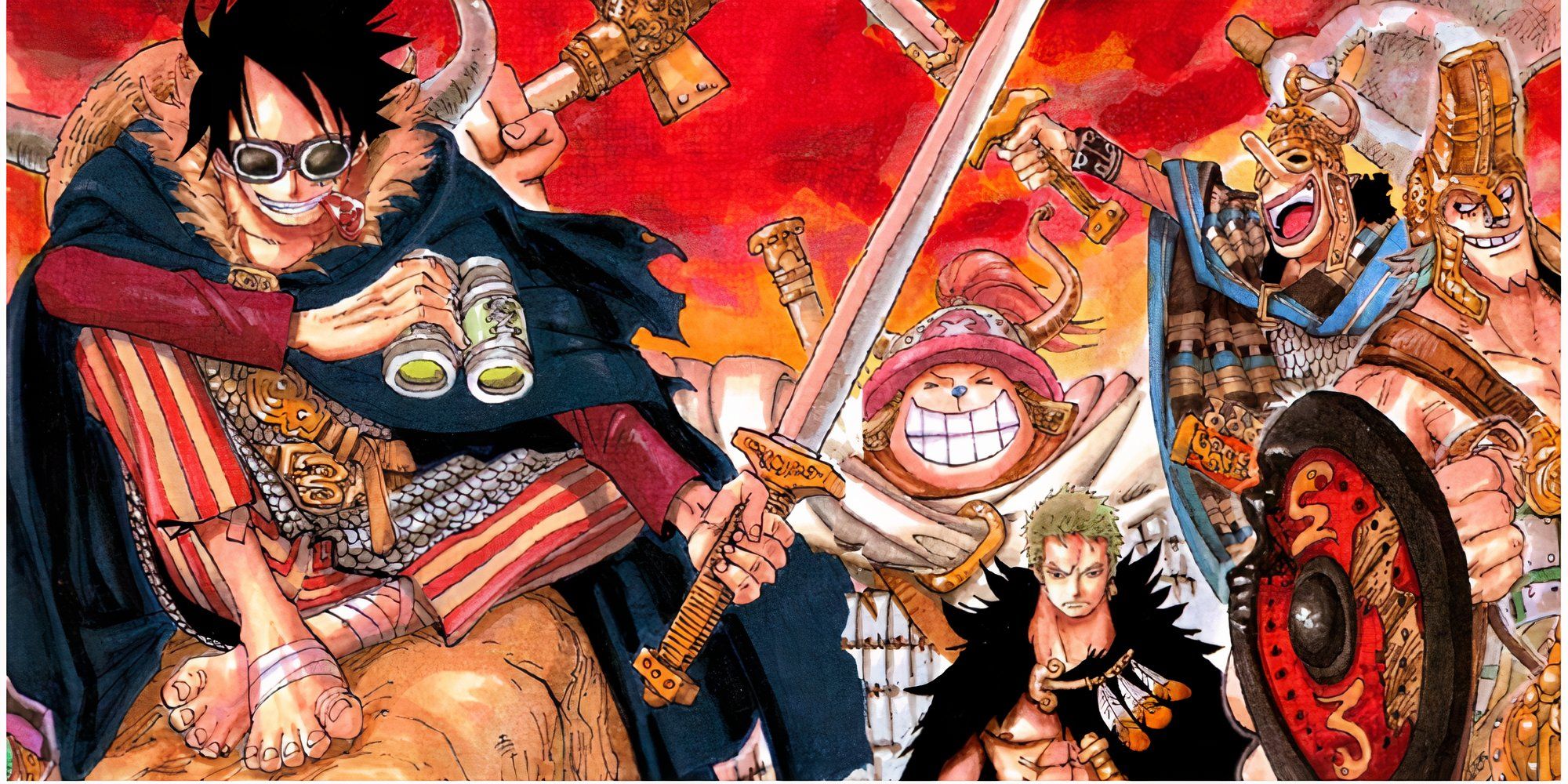
Related
One Piece: How Elbaf is the Beginning of the End
The Elbaf arc of One Piece promises to be an exceptional one, kicking off the final saga of the story and having many surprises in store!
One Piece Is A Shōnen Anime At Its Core
Action-Adventure at its Finest
One Piece, at its core, is a Shōnen Anime. Shōnen is a specific genre of anime that generally targets younger male audiences, usually focusing on an action-adventure storyline. Due to this, One Piece’s target audience is on the younger side, probably around ages 13-19. However, as many could have guessed, the target demographic doesn’t entirely dictate whether a show is for kids or not.
…On Staurday nights at 7:30, you’ll see the children staring at the TV screens with their mouths wide open, looking silly. They are watching One Piece. – Eiichiro Oda
One Piece, despite being targeted towards a younger audience, has dealt with very mature themes throughout its runtime. This includes racism, through the allegory of the Fish-men, the loss of a family member, total Governmental control, and more. Looking at each of the backstories of the Straw Hats, oftentimes their stories deal with universally relatable themes of abandonment, lack of belonging, and loss.
One Piece Grows With its Audience
A Show Older Than Its Target Demographic
When it comes down to it, saying the dramatic story of One Piece is just a kid’s show is too easy of an answer. Considering when the series was released in 1997, the initial fanbase of One Piece may have started as much younger. However, now those who grew up watching One Piece are much older, far from being the kids they once were when the show was released.
In many ways, One Piece has grown with the audience that grew up watching it. Taking a look back at One Piece pre-time skip, while the show still had its darker moments, the overall themes of the show were much lighter and more goofy. Nowadays, post-time skip has heavily increased the stakes, focusing more on massive battles and epic struggles for survival. While both pre- and post-time skip have their own merits, one thing is certain; modern One Piece has a more mature tone than before.
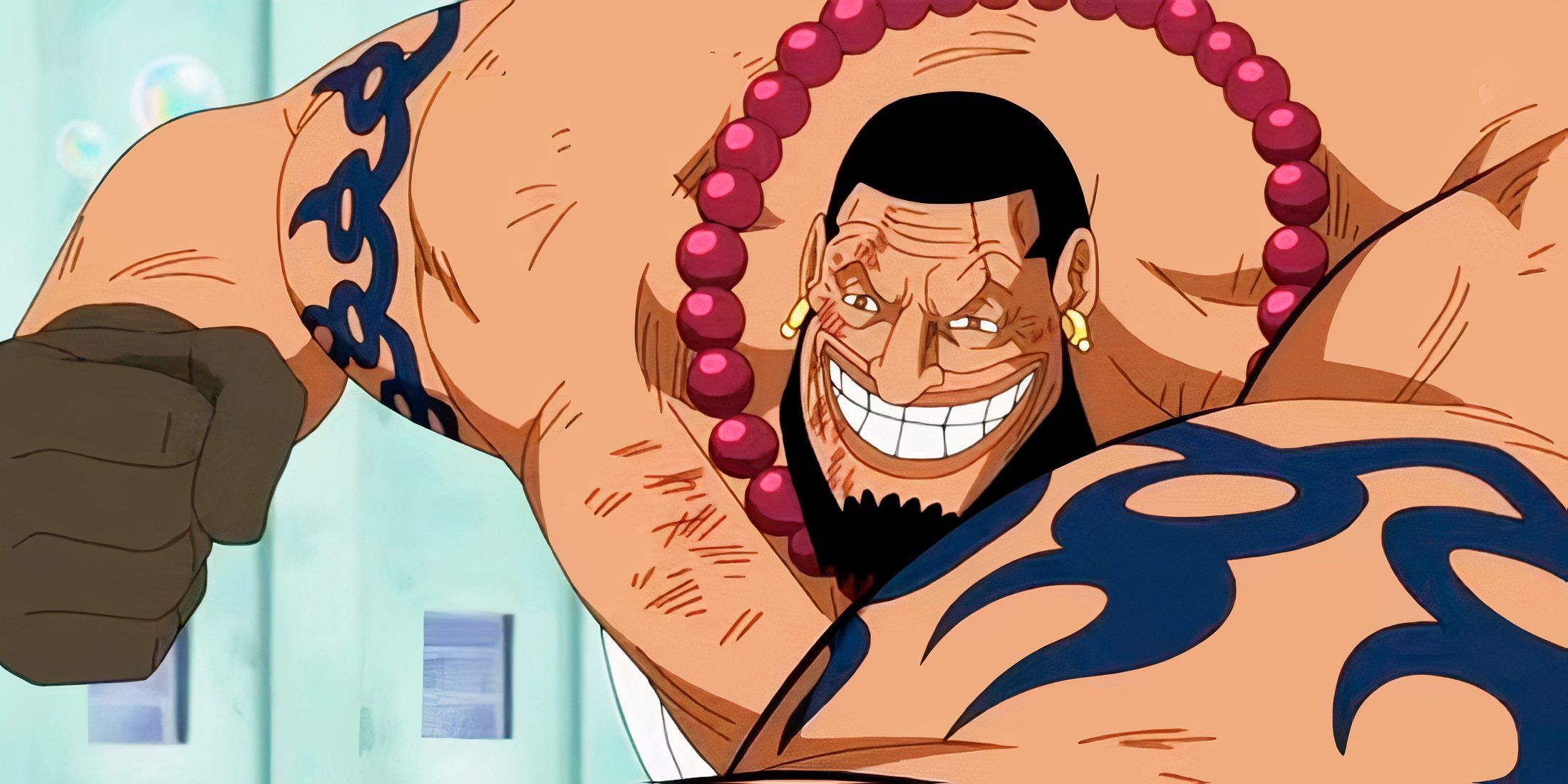
Related
One Piece: Fans Are Still Waiting for Urouge
The last member of the Worst Generation, Urouge, has yet to make a major appearance in the world of One Piece.
These two ideas are especially apparent when looking at the statistical age demographic of the ever-amazing show, One Piece. A recent survey of One Piece has shown that a majority of watchers don’t lie in the targeted demographic range, but instead lie in a much older group. Ages 1-19 only make up 12% of the survey, whereas ages 19-49 make up a whopping 75% of viewership. The largest grouping of One Piece fans lies in the 19-29 age range with 43% of viewership.
The Barrier For Entry May Be Too Much For Younger Viewers
1,000-Plus Episodes
In a way, the viewership demographic shows that overall, One Piece, which features some very sad backstories, could be considered an adult show. Many fans who recall watching the show for the first time as children all the way back in the late 90s, still watch the show to this day. As for children, the 1,000-plus episode barrier of entry for the show may be a bit much for a casual viewer, especially in a country that doesn’t air the program regularly.
Recently, I’ve noticed that more and more younger readers are getting into [One Piece] which makes me happy – Eiichiro Oda
Even if the important world of One Piece is targeted toward children, overall, it isn’t just a show for children. As a whole, the series is far more than that. It’s a show for both kids, adults, and whoever else chooses to watch it. In fact, One Piece is a strong example of a piece of media that transcends most of the usual demographics, and features a little something for everyone who watches it. In the end, trying to label One Piece as a kid’s show or an adult show is an impossible task, especially since it’s both at the same time.
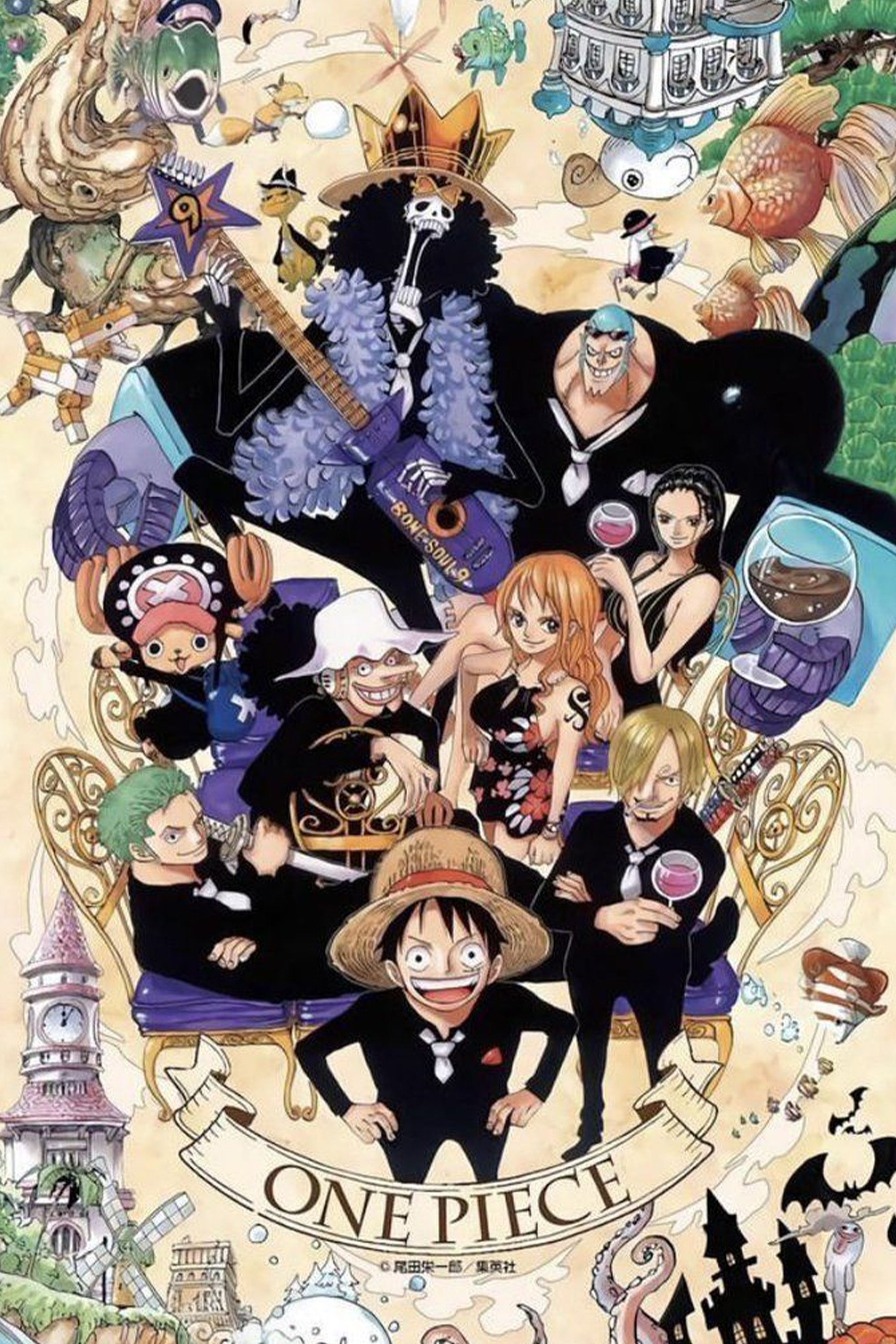
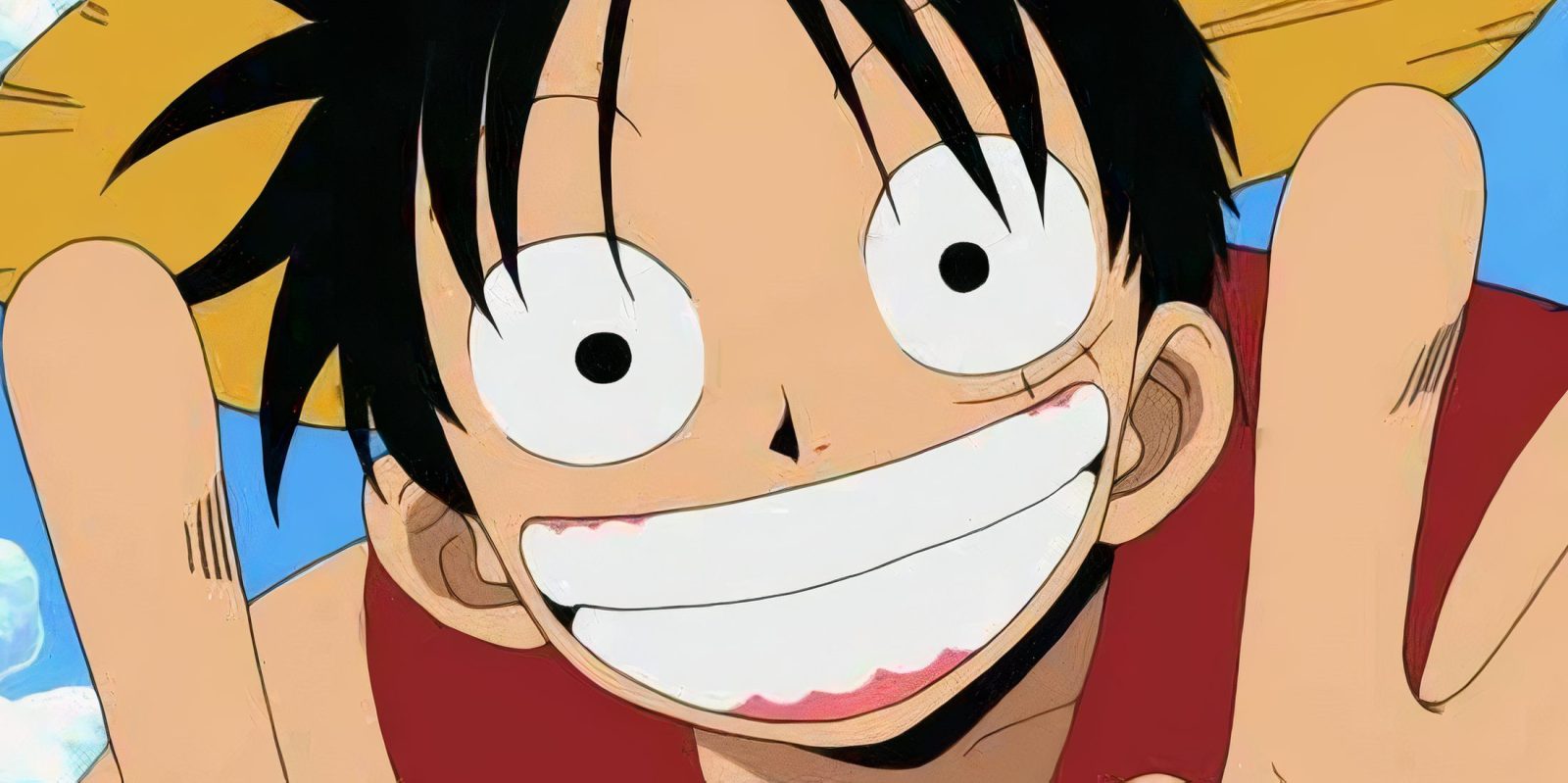

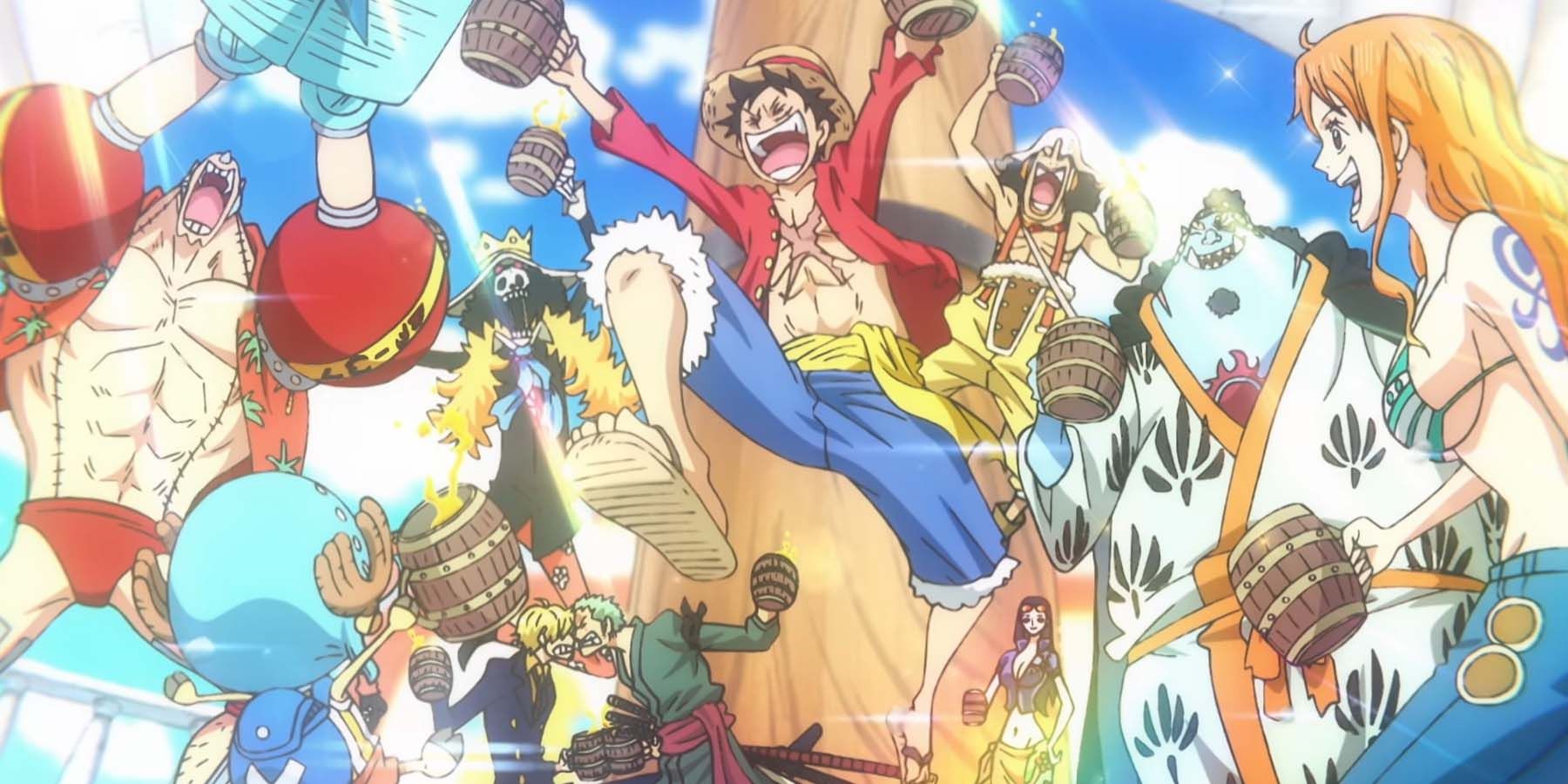
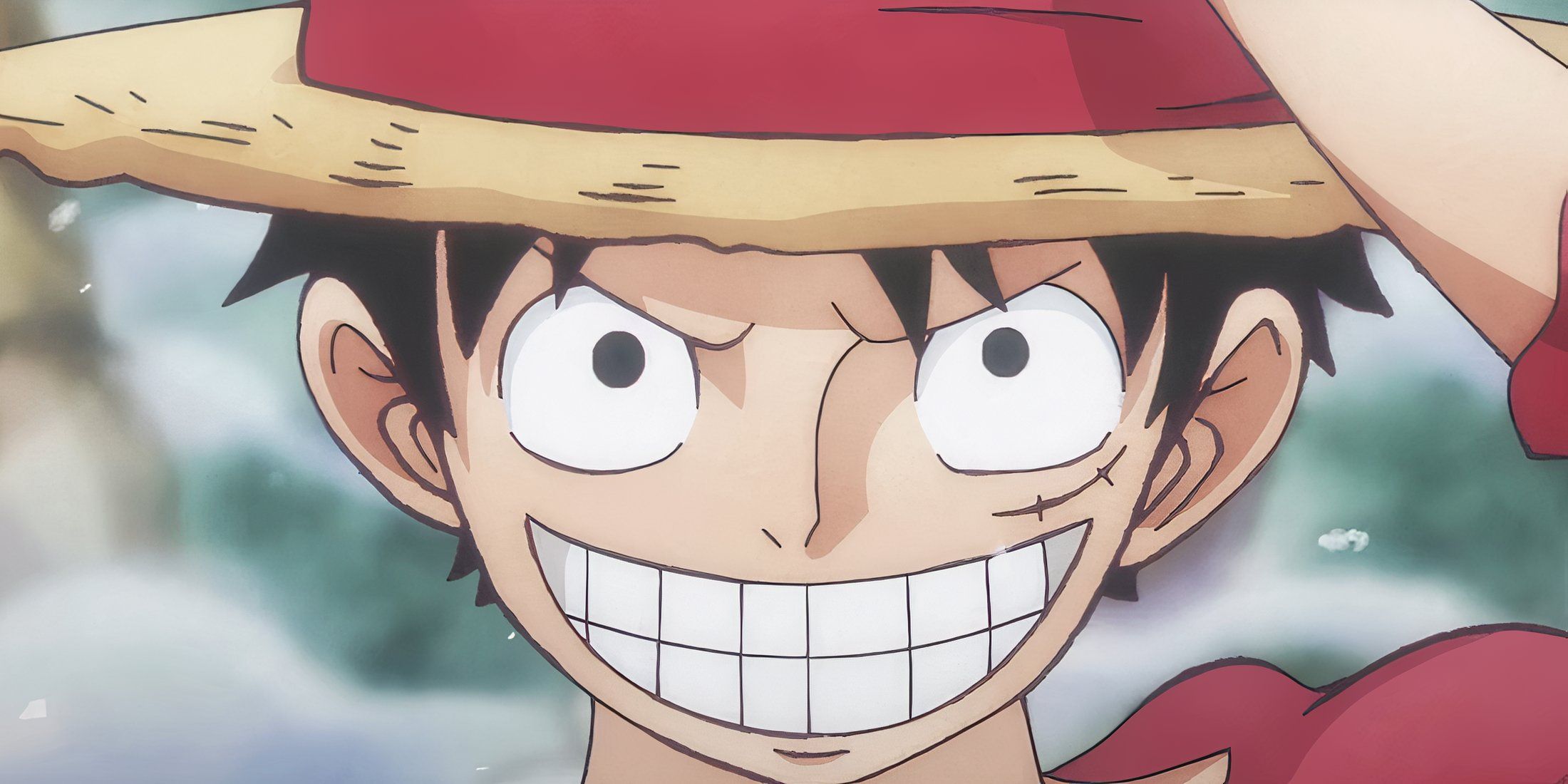
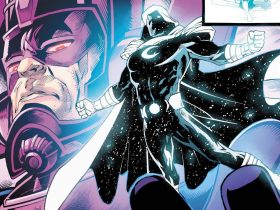
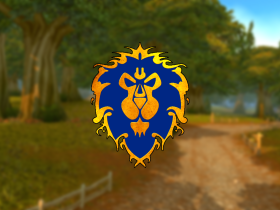

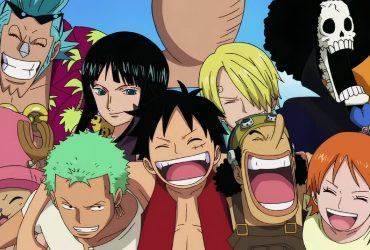
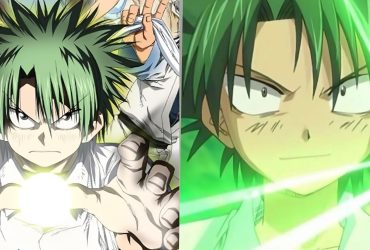
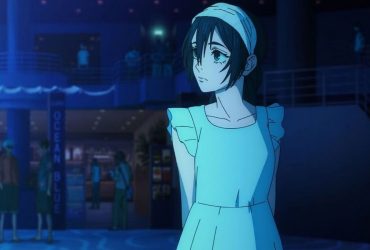
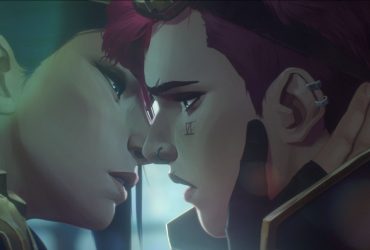

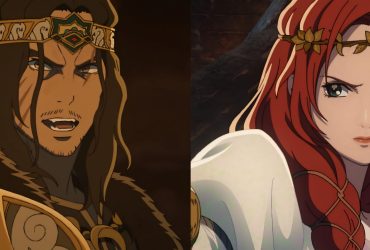
Leave a Reply